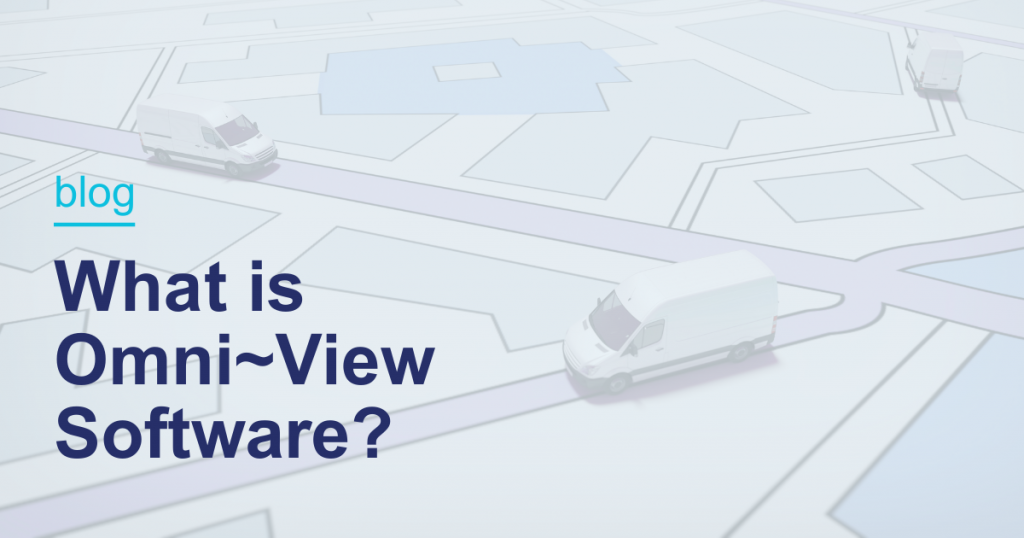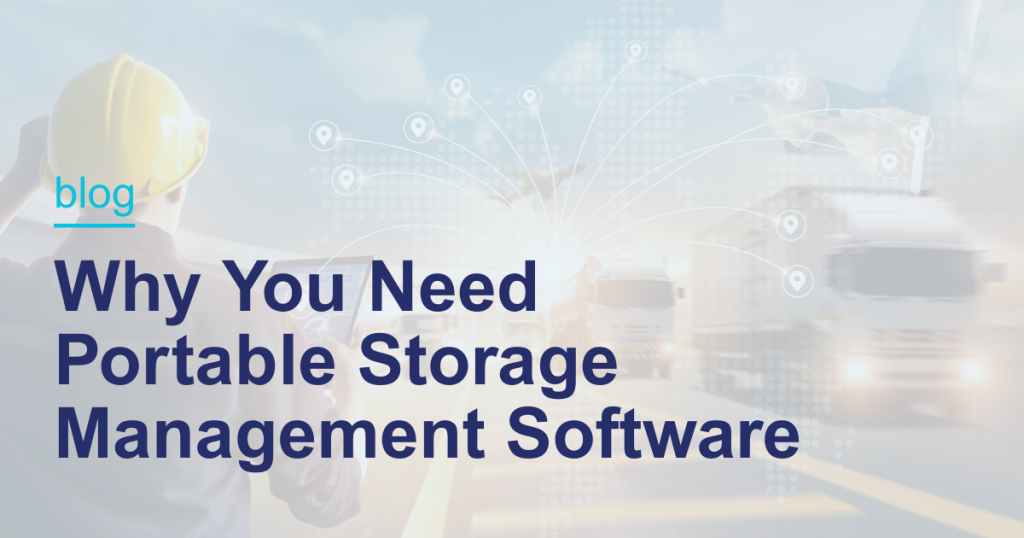In the portables industry, dispatch is the heartbeat of the operation. Every delivery, pickup, and reroute runs through a dispatch team, and when things go smoothly – or don’t – the whole business feels it.
When communication breaks down or scheduling gets messy, costs rise, drivers lose time, and customers start to notice.
Whether it’s portable toilets, storage containers, roll-off dumpsters, or mobile offices, the key to efficiency is a strong dispatch process. Modern software tools make it easier than ever to bring structure, visibility, and savings to every operation.
Here are seven proven strategies to help run a more efficient, cost-effective dispatch system.
1. Centralize Dispatch Operations
Too often, dispatch information is spread across texts, emails, spreadsheets, and whiteboards. That leads to errors, duplicate work, and lost time.
Centralize scheduling and route management in one system to provide a single source of truth. Tools like a Dispatch Planner make it easy to assign, adjust, and track jobs so everyone, from the office to the field, sees the same information.
2. Automate Where It Makes Sense
Manual scheduling can work with a handful of drivers, but as operations grow, automation becomes vital.
Automated dispatch assigns routes based on location, driver availability, and equipment type, eliminating constant back-and-forth.
Automation doesn’t replace dispatchers; it frees them up to solve real problems instead of messy schedules.
3. Go Mobile to Stay Connected
Drivers shouldn’t have to call in for updates. A mobile dispatch app keeps field teams connected with job details, route updates, and digital confirmations right from their phones or tablets.
With the right tools and software, drivers can mark jobs complete, collect digital signatures (eSign, Omni~Sign), and sync updates automatically to keep everyone aligned.
4. GPS and Route Optimization
Fuel is one of the biggest ongoing costs for portable operations. Optimize routes to make a huge impact on the bottom line (shorter drives, less idling, and more jobs completed per day).
Operators who utilize GPS tracking can pivot quickly when routes change or new jobs come in. Location visibility paves the way for more efficient operations because dispatchers can assign the closest driver and prevent overlap.
5. Streamline Billing and Communication
Inefficient dispatch processes frequently lead to billing delays and customer miscommunication. When drivers and office teams rely on paper forms, information easily gets lost and entered incorrectly.
Connecting dispatch data to billing ensures every job is tracked, billed, and paid automatically. That means fewer missed charges and faster cash flow.
6. Analyze Data to Find Hidden Inefficiencies
Every job generates valuable data: travel time, idle time, number of stops, distance between locations, and more. Review these trends to identify where time and money are wasted and where to make changes.
Modern systems provide data visualization through dashboards and reports, enabling teams to make informed decisions about staffing, routing, and customer scheduling.
7. Build Consistency Through Templates and Checklists
Ensure quality and predictability with standardization. Templates and digital checklists help team members follow best practices, reduces training time, and maintains consistency across the board.
Omni~View customers use Omni~View to create structure, including manage recurring deliveries, seasonal demand, and large-scale event logistics. This keeps every job on track (no matter how complex).
The Bottom Line
Dispatch isn’t just about scheduling, it’s about keeping people, equipment, and information in sync. With the right systems in place, businesses reduce wasted time, lower costs, and deliver a better experience for both internal teams and customers.
Whether managing a small local fleet or a multi-location operation, efficiency starts with connection, and modern tools make that connection simple.
Find Out How to Work Smarter
In your personalized demo, we’ll show you how Omni~View connects billing, customer info, contracts, inventory management, dispatch, and more – without a single spreadsheet.


